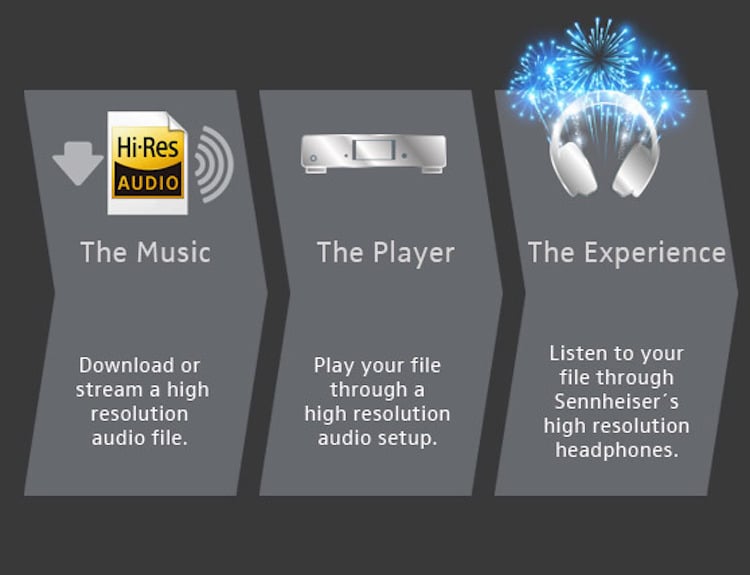
All you need to know about Hi-Res Audio?
Decoding the Hi-Res Audio Logo Standard
High-resolution audio (Hi-res audio for short) has been around for years but before it was merely a niche that only a few seasoned audiophiles enjoy. Today, the push for hi-res audio is slowly ramping up thanks to companies now embracing the new concept.
I’m sure you’ve seen the various Hi-Res Audio logo plastered on most audio devices – but what does it exactly mean?
What Hi-Res audio Means?
First off, let’s discuss the meaning of high-res audio. You see, normal MP3s that you may have ripped from CDs or downloaded online are usually compressed and while it doesn’t make any difference for anyone listening to it, most trained ears will instantly know the difference.
For high-res audio, there is no specific audio format. Any format can be considered high resolution if the audio signal, bandwidth and the dynamic range is greater than the standard norm. This can include music that have sampling rates of more than 44100 Hz and bit-depth that are greater than 16. Numbers might confuse you, but that simply means that audio that you will hear will be clearer, crisper and more detailed.
Formats used for hi-res audio include FLAC, ALAC, AIFF, WAV and DSD with FLAC may be the most popular format for audiophiles. But keep in mind that the bit depth and sampling must still be above what is offered on a standard CD to be able to be considered as hi-res. For example, a file format may be FLAC, but if the sampling rate is below 44100 Hz then it is not considered hi-res.
Hi-Res Audio Logo:
The first Hi-Res logo was initially introduced by Sony as a main branding for some of its products that support the new feature back in 2014. From there, the company has given the logo to the Japan Audio Association (JAS) in the hopes of making it a full standard. Slowly, other companies have started adapting the logo with various audio hardware.
But getting that logo placed on your device isn’t as easy as it sounds. Recording Industry Association of America (RIAA) introduces the following guidelines for certification. Hardware made for hi-res audio must meet certain requirements before it can be branded with the distinguished logo. Some of these requirements include:
- A microphone response performance of 40 kHz and above
- Able to record, decode and play 96 kHz / 24 bit formats
- Amplification performance of 40 kHz and above
Read Also: High-resolution audio: everything you need to know
But equipment to play hi-res audio must all be compatible for you to enjoy. Let’s say you bought a headphone from Sony compatible with hi-res audio – you can’t simply plug it into your smartphone to enjoy the benefits – at times, the audio must pass through a DAC, along with your files already in hi-res formats.
Thankfully, various players and other audio equipment all already support the hi-res audio logo. Buying these devices can ensure you that you can have the best audio experience. Even new streaming services like Tidal already offer hi-res music – but that of course will come at a higher price. Also following the trend are the latest smartphones. New models such as the LG G5, Sony Xperia 5 and the Samsung Galaxy S7 are all able to decode audio files in 24 bot / 192 kHz quality.
Just recently, we’ve seen various headphone branding the mark of the hi-res audio logo – while these headphones, such as the recently released Sony h.ear on Wireless NC headphone, offer the best of uncompressed audio goodness, you may need compatible hardware for it to work. As we mentioned, getting hi-res audio to work would mean all devices from players to the headphones to be certified – something that most manufacturers only say on a disclaimer.
As hi-res audio becomes more mainstream, we only can hope that stricter guidelines are released and adhered to so that more users can appreciate the true form that it can offer.
